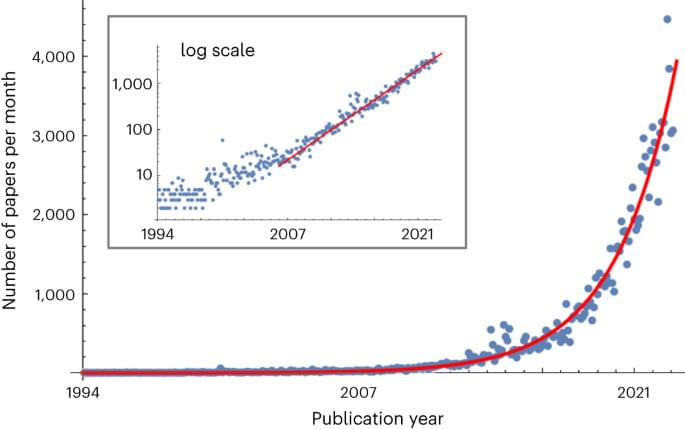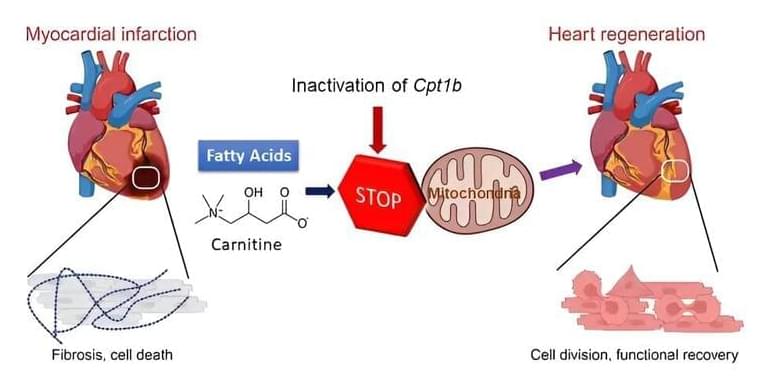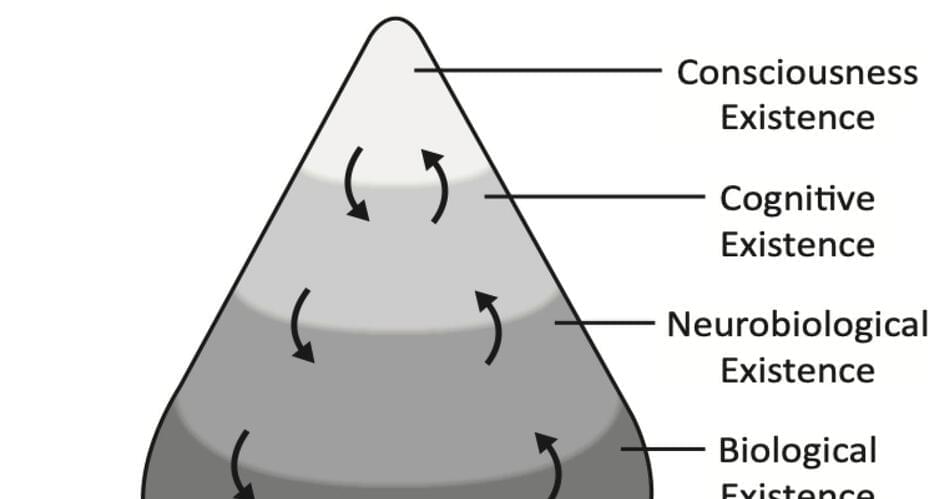‘Open source communication is a fundamental human right,’ Automattic CEO Matt Mullenweg says, and he’s buying a platform to help pull it off.
Automattic, the company that runs WordPress.com, Tumblr, Pocket Casts, and a number of other popular web properties, just made a different kind of acquisition: it’s buying Texts, a universal messaging app, for $50 million.
Texts is an app for all your messaging apps. You can use it to log in to WhatsApp, Instagram, LinkedIn, Signal, iMessage, and more and see and respond to all your messages in one place. (Beeper is another app doing similar things.) The app also offers some additional features like AI-generated responses and summaries, but its primary… More.
A less chaotic chat app is coming to a device near you.









